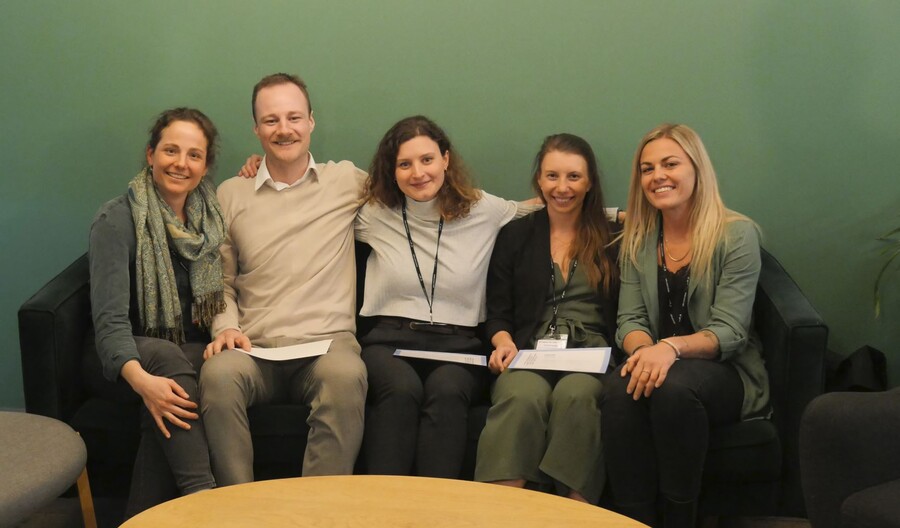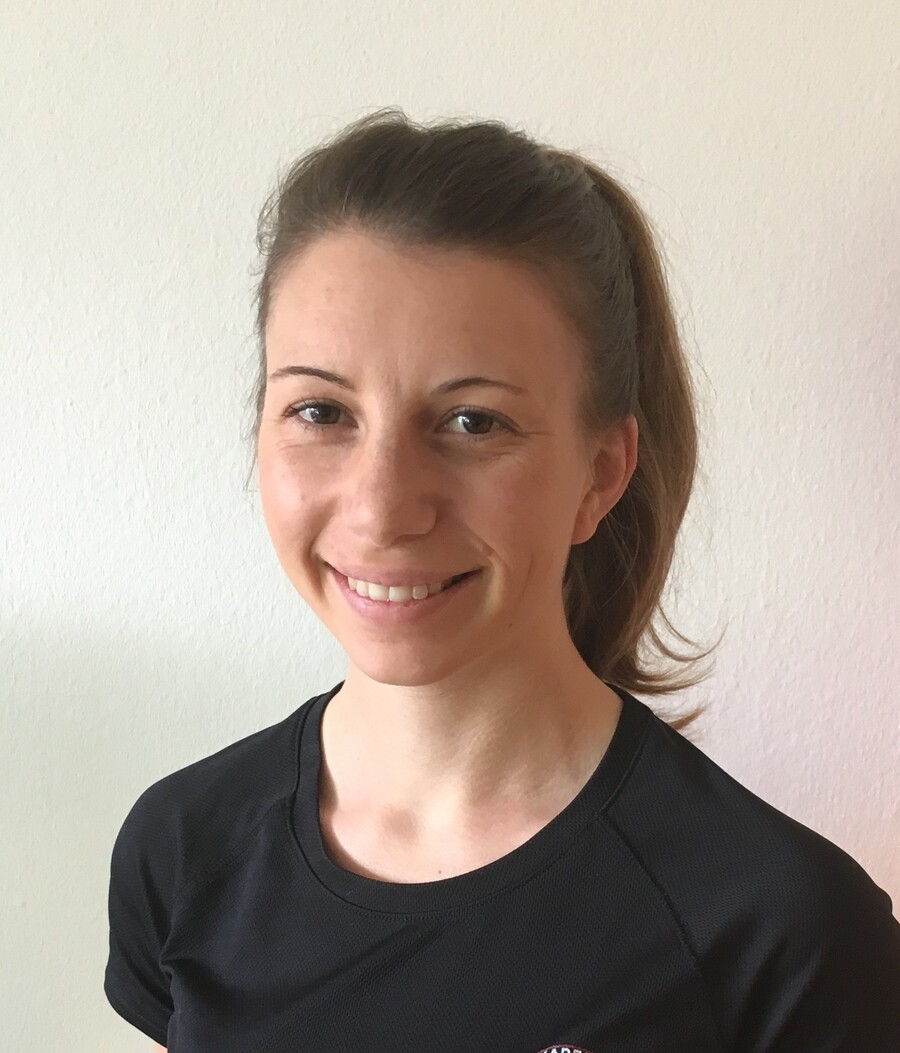3. Platz Claudia Kubica von der Universität Bern
"Effects of a training intervention tailored to the menstrual cycle on endurance performance, recovery and well-being in female recreational runners – a randomized-controlled pilot study."
Throughout the menstrual cycle (MC), sex hormones such as estrogens and progesterone fluctuate. Research highlights that those hormones, primarily affecting the reproductive system, also impact multiple physiological systems. Tailoring traditional endurance training to the individual MC phases may therefore impact training response and adaptation in female runners. Current findings in resistance training support this idea, but it remains unclear whether this effect can also be found in endurance training. Therefore, this study aimed to assess the effectiveness of a polarized endurance training intervention tailored to the MC on performance, recovery, and well-being in female runners. Fourteen eumenorrheic, moderately trained runners (age: 24±2.8 years; BMI: 22.3±2.6 kg/cm2; 240±152min of moderate to vigorous physical activity/week) took part in an 8-week running training intervention consisting of three weekly training sessions. The participants were randomly assigned to a control group, which followed traditional endurance training, and an intervention group, which followed MC-adapted endurance training. At baseline and following the intervention period, anthropometrics (weight, height, BMI), performance (countermovement jump performance (CMJ), and maximum oxygen uptake (VO2peak) were assessed. A repeated measures ANOVA determined no statistically significant time and group interaction effects in mean performance levels. A significant time effect was found for VO2peak but not for the other parameters (p<.05). An 8-week polarized running training, block-periodized or individually adapted to the MC, improves the VO2peak in eumenorrheic female runners. Nevertheless, our results implicate no further benefits of MC-adapted training on recovery and premenstrual symptoms in recreational runners. However, a post-analysis revealed that in 57% of participants in the CG, training recovery phases of the block-periodized training protocol randomly matched with current recommendations for the late-luteal and early-follicular phase of their MC. Therefore, the structure of the training protocols between the IG and CG did not differ, limiting the generalization of the results.






